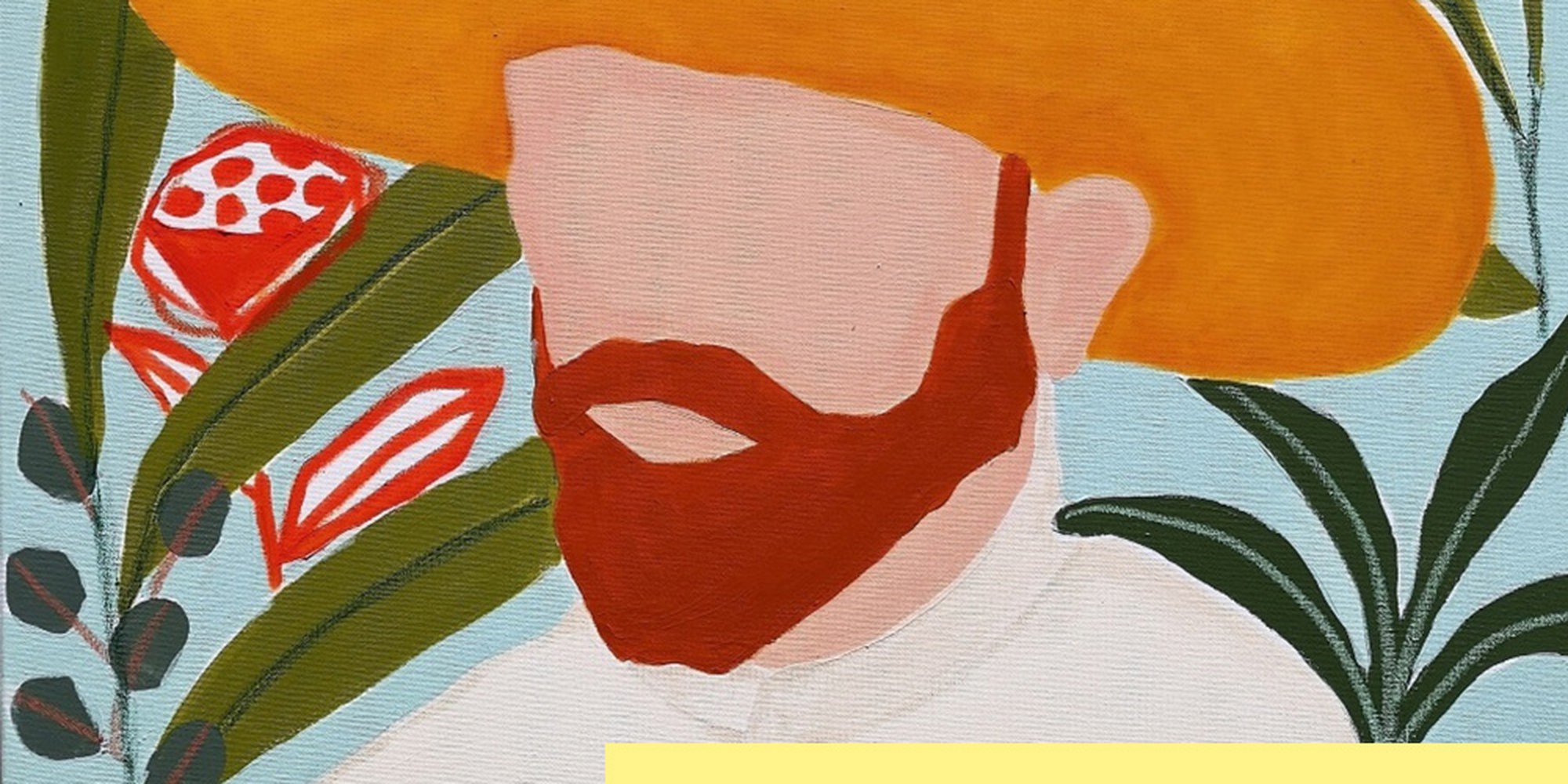Chances are, you’ve used the word ‘modern’ to mean ‘contemporary’ and ‘contemporary’ to mean ‘modern’. Potato-potarto, eh? Well, when it comes to art, it’s more like potato-tomato.
The words ‘modern’ and ‘contemporary’ can be used pretty interchangeably and usually to describe something that’s on-trend or new. When talking about art however, these terms aren’t generic but relate to more specific eras. Within these eras are various subsets and styles, which can also be confusing. Bear with us.
All about timing
The modern art period began during the 1860s and is thought to have ended around the 1970s - for simplicity’s sake, think of modern art as a 100-year period. Contemporary art on the other hand is what’s being created today (although this is contested depending on who you talk to, but more on that below).
Van Gogh, Picasso and O’Keeffe? They’re all modern. Hirst, Kusama and Koons? Contemporary. Starting to notice the difference?
Defining modern art
There is more to art than chronology. And although various movements exist within each period, there are a few central beliefs and ideologies relating to each era.
The very first modern artworks were drastically different to those that came before them, moving from very realistic and detailed works to a much more fluid take on reality and perspective. Most art historians agree it was Édouard Manet’s modern painting Le Dejeuner sur l’Herbe (Luncheon on the Grass) in 1863 that first displayed this controversial pivot. Art world purists were shocked to their very core that Manet had messed with classical perspectives!
By playing with perspective, artists had more freedom to explore and represent meaning in their art. And without needing to rely on entirely realistic representations of people and landscapes, modern artists were able to play with the audience’s gaze, offering not just an immediately obvious image, but merely suggesting what may be intended.
Moving into the 20th century, the world was advancing at a staggering rate. With the Industrial Revolution, new concepts in philosophy and psychiatry, as well as devastating world wars, a new way of creating art was emerging, with an explosion of entirely unique artistic styles and techniques. Here sprung earth-shattering works by Paul Cézanne (Post-Impressionism), Pablo Picasso (Cubism), Salvador Dali (Surrealism) and Kazimir Malevich (Suprematism), which continued to inspire into the mid-20th century.
Defining contemporary art
The UK's Tate gallery describes contemporary art's timeline as a little contentious. It says, "The New Museum of Contemporary Art in New York chooses the later date of 1977... [whereas] in the 1980s, Tate planned a Museum of Contemporary Art in which contemporary art was defined as art of the past ten years on a rolling basis."
Whatever the date contemporary art began, just like the modern period, it embraces new concepts that we never saw in the past, such as installation, digital art and AI. These mediums and styles toy with our sense of what art is and what it can be. For example, the emergence of AI-generated art is a concept that is both groundbreaking, controversial and yet to be fully realised.
The difference between modern and contemporary art
Now that we understand that modern and contemporary art comes from two different time periods, the concept of contemporary art being inspired by modern art becomes a lot clearer. No longer are the terms 'modern' and 'contemporary' interchangeable, but are loaded with meaning and context. There are many artists on Artfinder who create art inspired by modern styles. Artfinder artist, Lilia Orlova-Holmes, explains what she believes to be true contemporary art:
"I think contemporary art is inspired by many different styles from all periods of art history and built on all discoveries artists have made before. I believe art is the way to understand the world and to discover the truth; style and technique are irrelevant to me and all modern technologies can be used including video art and digital art."
So remember: contemporary artists do create art that’s modern in style, but the key is that while it may be modern in style, it’s not modern art. See? Potato-tomato.
Cover image via Marisa Añón


